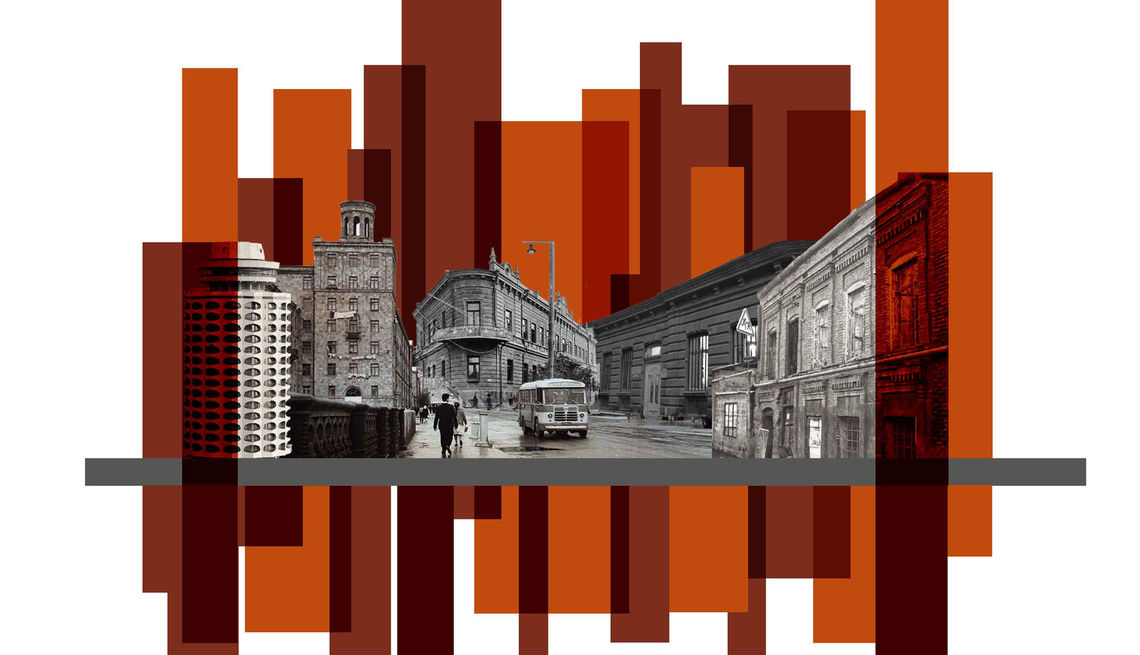
What is the link between heritage and the contemporary? What is our own context in connection with these two understandings? These concepts, that of heritage and the contemporary, both have their social, cultural and political context. It would be impossible to study heritage without referring to the context of the social, cultural and political; it would similarly be impossible to study the contemporary without disclosing how heritage is integrated into it. How do these two co-exist in general and especially in the Armenian context? How are they defined?
Foucault’s approach to the present and in general to the origin shines some light onto the question at hand. It is within Foucault’s approach that the historical investigations of the past are only the shadow cast by the theoretical interrogation of the present.[1] Meaning that the process to comprehend the present, the contemporary, passes through a past that is not stationary but rather tornado-like,[2] dynamic, proximate to the present and too close to us. The deeper you try to understand the present, the longer this shadow extends onto the past and into the study of the past. Those who strive to be the relevant contemporaries of the times they live in, like the entities planning our present and binding us to our realities, remain unaware that, even though they are the carriers of the phenomenon of the past, they are unable to present them, to bring them to the present time. This reference is to the puppet architects, who, the louder they speak of the past, the more they fail in their approach to the present.
As Giorgio Agamben writes, “Contemporariness is, then, a singular relationship with one’s own time, which adheres to it and, at the same time, keeps a distance from it. More precisely, it is that relationship with time that adheres to it, through a disjunction and an anachronism.”[3]
Therefore, it would be necessary to, for a moment, deactivate the time distance between the contemporary and heritage, cancel the linear timeline attributed by default to the relationship between those two understandings to finally be able to expose the substance connecting the two.
Let us, for a moment, contemplate on the concept of heritage. When today we emphasize the preservation of historic structures and their integration into unban life, we should keep in mind that heritage should not be perceived as only architectural heritage and we should not think that it is only the physical heritage that is endangered. The extinction of a material heritage, or its disappearance, is more perceivable to the unarmed eye than that of an intangible heritage, which requires a deeper social and cultural reflection in order to be noticed. The intangible is threatened by extended oblivion under the gaze of collective social evolution. The disappearance of tangible heritage can be slow, due to deliberate or indeliberate disregard, until it is left out of the heritage inventory. Its disappearance can also be sudden, due to collapse or demolition, erasing its tangible presence within the urban landscape and eventually from people’s memory. Coming to the situation at hand, oftentimes what we have is the material that has survived, but without its consubstantial intangible culture. Deprived of its intangible component, the tangible loses its value and becomes subject to bargaining.
The intersection of these two complementary domains occurs as the intangible (most often) evolves within the material space. In other words, a culture is created within a physical environment and this is why a structure is the bearer of the heritage of the era it was built in. Therefore, the preservation of the structure, to a given extent, also means the preservation and acknowledgment of the set values of the time, which in itself would be the consubstantial intangible heritage of the physical space in question.
Intangible as well as physical heritage, in their non-sanctified forms, carry an evolutive significance where the disappearance of the old and the appearance of the new happens through a more swift process, without one trampling the other. This is a process that provides continuity to social experiences. Within this context, some sites become the witnesses to history as many of today’s cities have expanded around such sites, or have been planned in reference to them both symbolically and in their urban developmental approach. The same is true for intangible heritage, which, being more than “endangered folk traditions” of civilizational merit, become a component of contemporary social and political culture.
How can people perceive a discontinuous historical heritage? How does its integration into contemporary life occur? Is this heritage a static witness or a concept living within a given society as a reality that is in an intimate relationship with the contemporary?
Navigating through historical circumstances, Armenians have automatically adopted a traditional and a conservationist stance. Today, mainly monasteries with histories that go back a millennium are what is overwhelmingly recognized as heritage. We seem to be in our comfort zone when talking about a thousand-year-old documented heritage. But when the new, that which is not yet part of our identity, is in discussion, there seems to be an uncomfortable hesitation. In our reality, identity and heritage are rigid, unchanging and far from being considered evolutive and constantly reinventive phenomena. This is where the main challenge emerges – the challenge of understanding that the environment of the modern man is also shaped by contemporary heritage, that the heritage of this century should also be a part of the identity and the inspiration of today’s society.
This rigid understating of heritage drives those generating the official discourse on architecture to constantly reference the vernacular and the medieval, while ignoring not only turn of the century heritage but also Soviet Armenian modernist heritage in its entirety.
The narrative of a visual rebirth of the vernacular has captured Armenia’s current architectural mindset and this pontification of the vernacular turns any building into a monument from the moment of its conception. Each urban intervention over the last several decades - Northern Avenue, the “Old Yerevan” project and that which is today presented as the urban development project of the Firdus district - has had the ambition to resemble a monument and references the national. This modus operandi derives from the very same “comfort zone,” where architects assume the role of cultural stategists, preachers of conservatism.
The monumentalization of the vernacular has become the basic rule of architecture in Armenia, the imitation of the vernacular has become the inspiration behind any creative attempt. This ideological manipulation is also clearly visible in reconstruction. Many Soviet modernist buildings, considered “devoid of character,” were bestowed the stamp of the vernacular after Armenia’s independence through renovation. This is the rejection of the regional architectural experience and an attempt at a return to the narrowly national and vernacular traditions.
What is the monumentalization of the vernacular?[4]
A. Vernacular
Vernacle,[5] in Latin, means a “house born slave,” vernāculus means “pertaining to house born slaves.” In its more generalized meaning, vernacular means native, local and can be used in reference to language, music or any kind of heritage that is peculiar to a given habitat or location, which is heritage created and practiced domestically and within the conditions of the given time. This is different from acquired or imported culture. In this respect, the architecture of old residential houses is vernacular; however, any new construction in the very same generalized style, and with the use of imported materials, transcends the definition of what is native, and cannot be vernacular.
The vernacular is created according to local traditions, through the efforts of the people in a given time. This makes the reproduction of the vernacular outside of its time impossible. This is when form is still emerging, and when there are no formulated trends. Therefore, the creator of the vernacular is not the follower of a school of thought, and there is no adherence to the directives of an established style or creed in the creation.
B. Monumentalization
The root of the word monument, “monere,” means “to remind,” “to prompt thinking.” The word “monumental” goes beyond “remembrance” to indicate the magnificence and magnitude of a creation. The word “monumentalization'' hereby comes to describe the attempt that gave the given creation its monumental stature. It is the monumentalization of national and past traditions that is currently at the base of the official architectural narrative in Armenia.
In other words, in contemporary Armenian architecture, the monumentalization of past practices and the attempt to reference them at any cost offers a kind of a national label to the work. The belief that style is the object and the subject of architecture has become a means of paying tribute to identity.
Northern Avenue is a vivid example of a place where monuments have come to replace an actual part of old Yerevan. Arches, classical forms, Armenian decorative patterns and repetitive medieval references all represent a psychological projection of an inanimate architectural mindset. If, at the turn of the last century, amid a geopolitical fight for survival, Tamanyan was striving to deliver a message of national revival by installing traces of a lost homeland in the central square of the new Armenia, trying to patch the old to the new through his architecture, today, Northern Avenue is proof that Tamanyan’s gesture has been taken literally and today’s de facto architecture, which considers itself the faithful disciple of Tamanyan and his work, has not gone beyond the facade, carrying no volume or density, and has become an example of a so-called “state architecture” without necessarily having any direct political function.
It is true that Tamanyan established the official Armenian national architecture based on stylistic and symbolic elements. This automatically generated mixed architectural language was used by Tamanyan in order to create a form of civic architecture, which mostly expressed itself through an ecclesiastical vocabulary.
It is true that Tamanyan’s approach was a solution at the time, but it also became a problem for future architects – architecture was structured around symbolic elements and templates anchoring the new in the old. Given that the time period was a turning point politically and historically, could Tamanyan have had a different approach? We know that Tamanyan had serious critics in his contemporaries who defended a fundamentally modern approach as more fitting for the planning of the city and the architecture of its buildings.[6]
Returning to our theoretical investigation, this type of architecture, with its ideological rules and institutional vocabulary, is listed by Foucault as dispositors,[7] as part of an entirety that is made up of institutions, architectural complexes, statutory decisions, administrative means, discourses, police measures, which are at the base of what is known as biopower.[8] These become administrative tools of sorts. They interact among themselves and are projected in the public mind as dominant values, as the embodiment of authority. Therefore, what is Northern Avenue if not the politics of the last decades narrated in the language of architecture? This would make it representative of anything but democratic architecture.
Today in Armenia, a small circle of specialized people are working tirelessly to demonstrate the hallmarks of the architecture created over the last century and place this young capital within a valuable architectural, social and urban context. This heritage is largely ignored, and understudied in academia and professional circles. It is especially undermined as modern heritage. And this transitional era, which is full of lessons to be learned and should have been the grounds on which modern architectural thought is built, instead becomes a disruption and suffocates under the political evaluation of Armenia's Soviet past.
--------------------------------------
1. The Archaeology of Knowledge (L'archéologie du savoir), Michel Foucault, 1969.
2. “Origin is a whirlpool in the river of becoming, and swallows up the genetic material in its rhythm”. The Origin of German Tragic Drama, Walter Benjamin, trans. John Osborne, London: Verso, 1998, p. 45.
3. What Is an Apparatus? and Other Essays, Giorgio Agamben, translated by David Kishik and Stefan Pedatella, Stanford University Press , 2009, p. 42.
4. Modern Architecture: A Critical History, Kenneth Frampton, Thames and Hudson, p.224.
5. Merriam-Webster Online dictionary.
6. Taline Ter Minassian, Erevan, La construction d’une capitale à l'époque soviétique, Rennes, Presses Universitaires de Rennes, 2007.
7. Michel Foucault. Power/Knowledge: Selected Interviews and Other Writings, 1972-1977. ed. C. Gordon (New York:Pantheon Books. 1980), p. 194-196.
8. “Biopower” is the term that Foucault uses to describe the new tactics of power when it focuses on life, that is to say individual bodies and populations.
also read
Zones of Entrapment: Yerevan’s 2800th Anniversary Park and the Tyranny of Taste-Fullness
By Vigen Galstyan
In the context of autocratic, oligarchic or committedly neo-liberal regimes which continually propagate a coercive and incarcerating model of urban planning, the multiplication of such spaces as the 2800th Anniversary Park of Yerevan is organic, writes Vigen Galstyan.
On Urbanization in Armenia: From “City-Building” to Urban Planning
By Garine Boghossian
Development projects are popping up haphazardly in Armenia. Many of them pursued for short-term economic goal under the pretext of development. Without a holistic vision for growth in the country, consequences of decisions taken today will be irreversible for generations to come.
The Cost of Eminent Domain
By Lusine Sargsyan
A recent ruling by the ECHR has brought up the issue of the proper application of eminent domain once again. While the state has the right to exercise eminent domain, it also has a responsibility to guarantee that the purpose is to benefit society, not narrow business interests.
The Youth Palace: Yerevan’s Beloved Ghost
By Gayane Ghazaryan
Yerevan’s iconic Youth Palace was demolished in 2006. While it still remains unclear who and what will fill the void the Youth Palace left behind, its spirit continues to live in the memories of those whose youth was interwoven with its existence.
Kond: A City Within a City
By Arpine Haroyan , Hovhannes Nazaretyan
A tucked away city within a city, the district of Kond in Yerevan has a rich history and a promising future only if authorities undertake a large-scale restoration. What are the stories of Kond and what does the future hold for one of the oldest quarters in the country’s capital?
The Aesthetics of Politics and Yerevan's Statues
By Ani Poghosyan
If we look at how many monuments have been erected in Yerevan and how many were dismantled, we’ll have an extensive overview of the political currents and ideological tendencies that swept through the country since independence. As per the list provided by Yerevan Municipality, 51 statues and busts were erected in Yerevan since 1991.
podcast
Archaeologist Dr. Lori Khatchadourian spoke with EVN Report about her current archaeological and ethnographic research in Armenia that focuses on the afterlife of socialist modernity, focusing on the forces shaping industrial ruination. Khatchadourian is an Associate Professor in the Department of Near Eastern Studies at Cornell University, the co-director of a long-term field project in Armenia called the Project for the Archaeology and Geography of Ancient Transcaucasian Societies (Project ArAGATS), co-director of Cornell's Landscapes and Objects Laboratory and co-founder and co-director of the Aragats Foundation.

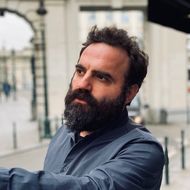
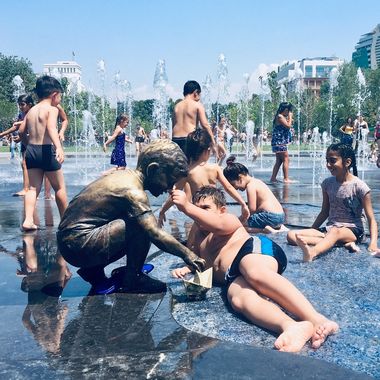
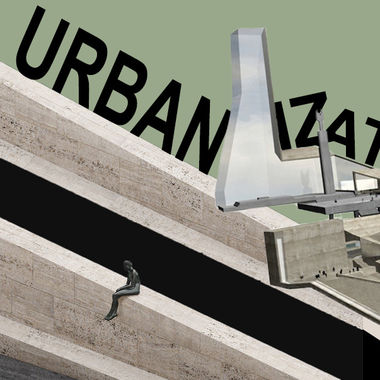


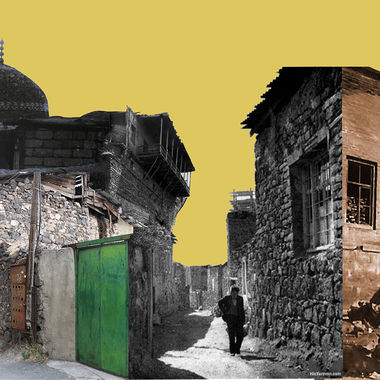
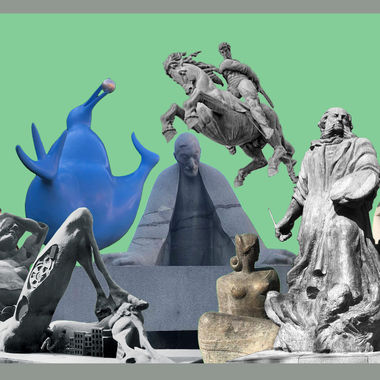



EVN Report welcomes comments that contribute to a healthy discussion and spur an informed debate. All comments will be moderated, thereby any post that includes hate speech, profanity or personal attacks will not be published.